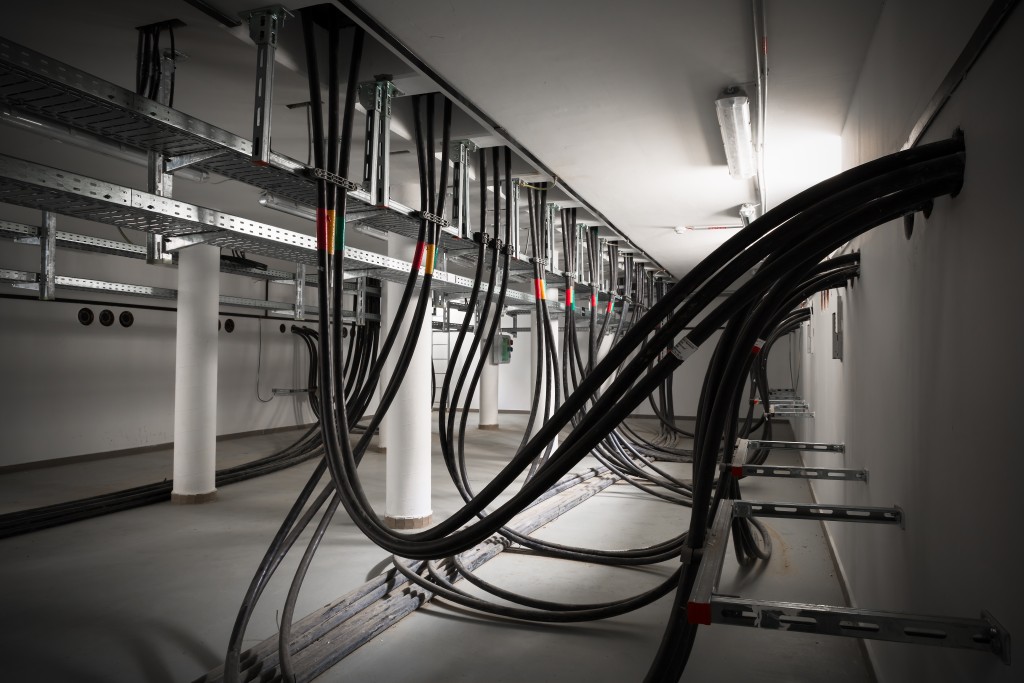Most people take electric connections for granted, yet a significant portion of their daily lives depends on it. Other than the light fixtures and sockets, most of the elements of your connection are out of sight. It thus is understandable to forget they exist. Most electrical-related issues seem sudden to property owners. The truth is, however, that there are several signs of an electrical fault long before it becomes a major issue.
Knowing the signs of an impending issue allows you to call an electrician in Ogden to fix it on time. One of the things you should be on the lookout for is a melted wire. When left without intervention, the melted wire might catch fire and exposes the inner cables that might, in turn, cause electric shocks to those who touch them. Even as you call the electrician to sort a melted wire, it helps to have some background on what might have caused it. The following are the common causes of a melted electric cable.
Short Circuit
This occurs when neutral and live wires come into contact. When this happens, the fuse in your connection will blow and cut off the electric connection before to prevent the melting of cables. At times, however, the fuse will not blow, and the electrical flow continues unhindered. In this instance, the excess heat from the current will melt the plastic sheathing covering the cables and, at times, ignite the plastic.
Power Overloads
When an electric appliance is switched on, current flows through your cables to power it. Appliances, however, need different power amounts. Those that require considerable energy will cause the flow of more current. At times, the required current to power an appliance exceeds that a cable is meant to handle. The cable thus starts heating up. With a continued current flow, the sheathing covering the wire melts off as does the connection to the appliance. Before connecting a device to your electric outlet, therefore, it is best to get an electrician to ascertain that the cables can handle the needed current to power your appliance.
Loose Connections

When electric connections start loosening or were not correctly installed in the first place, this causes the localized accumulation of heat. As the conductor heats up, the insulation will discolor, bubble, and finally melt. The loose connection can also cause the distortion and failure of your sockets and switches.
Heating From Other Sources
Sometimes, your cable can melt because an external source heats it. The most common mistake that causes this is the installation of wires over recessed downlights with powerful bulbs. With the focus on decorative lighting, ensure that an electrician handles all installations. This way, the configuration of cables and the bulbs used for lighting will be compatible.
If you do not notice the above issues on time and your cable melts, the primary solution is the replacement of the cable. At times, even the sockets and lighting fixtures will need changing. Either way, the repair will also focus on the underlying cause of the melting to ensure it does not happen again.
